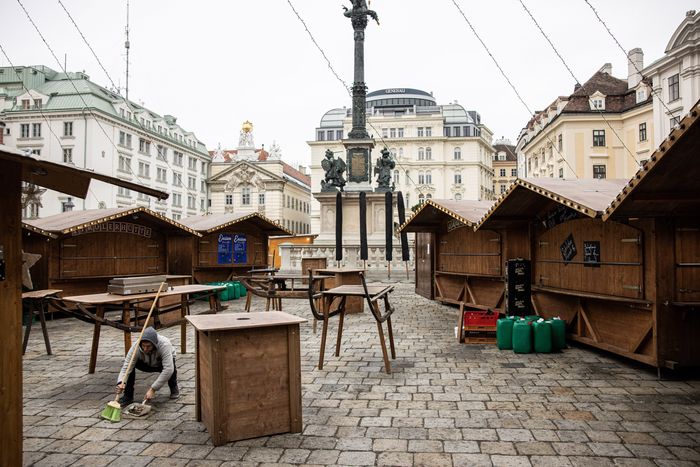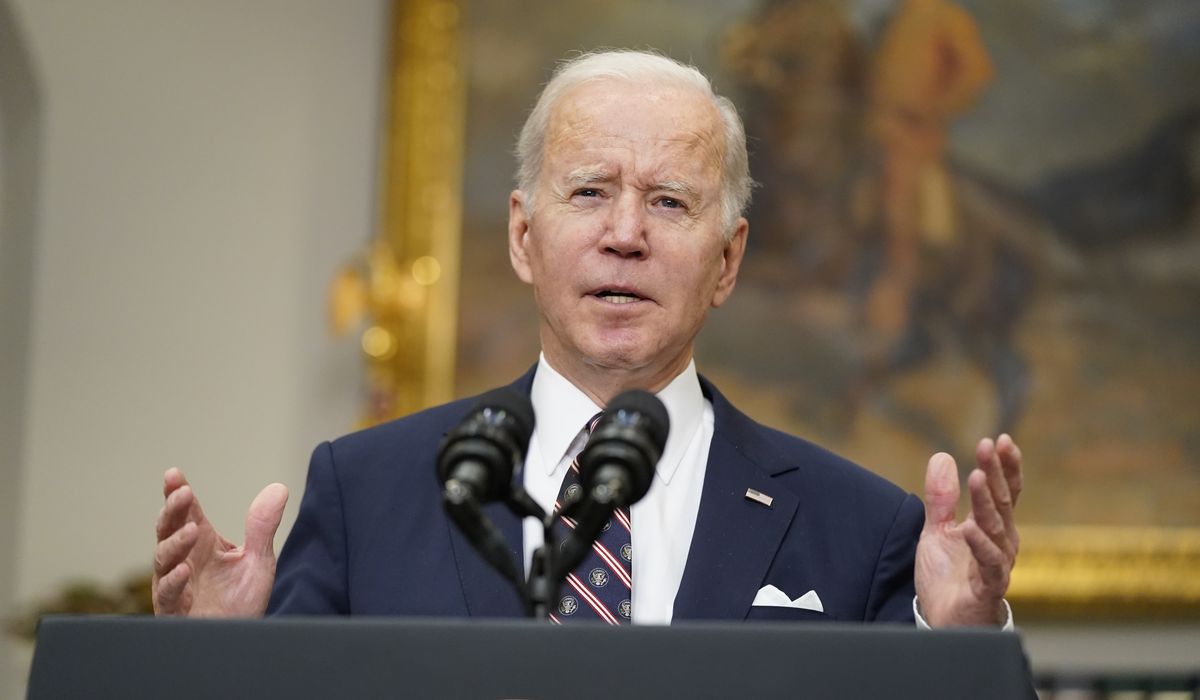Europe’s unemployment rate has fallen below its pre-pandemic level, but a surge in wages this year doesn’t seem likely even though higher inflation has weakened workers’ spending power, according to economists and officials.
At 7.3%, the eurozone’s unemployment rate was below pre-pandemic levels in October, having hit a pandemic high of 8.6% in September 2020. The relatively small size of those swings, economists say, is largely because of furlough programs, in which governments essentially paid businesses to keep idled workers on as employees during the pandemic, rather than letting them go, by covering a large share of their wages.
At their peak, those programs supported tens of millions of workers across the currency area, but have since shrunk significantly.
Because so many workers were still employed but didn’t work as much, economists see the number of hours worked as a better guide to the amount of slack in the eurozone’s jobs market as the economy has adjusted to successive waves of Covid-19 infections.
And those figures show that eurozone workers in the three months through September were still putting in 2% fewer hours than they did in the final three months of 2019. For many economists, that suggests businesses should be able to raise output without having to pay sharply higher wages to attract workers.
“There’s more slack, so the hurdle is higher for wage growth to accelerate sharply,” said Sven Jari Stehn, chief European economist at Goldman Sachs.
Since the end of the third quarter, new Covid-19 infections have risen sharply across the eurozone, driven initially by the Delta variant and more recently by Omicron. That has led to fresh restrictions on activity that have pushed some workers back into furlough programs, increasing slack in the jobs market. In Germany, the Ifo research institute estimates that there were 608,000 furloughed workers in November, up from 598,000 in October but still a fraction of the six million at the program’s peak in April 2020.
So far, wage rises have been very muted despite the decline in the unemployment rate and a pickup in job vacancies. According to the European Union’s statistics agency, hourly wages in the eurozone were 2.5% higher in the three months through September than a year earlier.
That is much weaker than the 4.5% rise in average U.S. hourly wages over the 12 months through September. That difference may owe something to the European furlough programs, economists say.
Because workers in those programs remained attached to their employers, Europe has seen less of a scramble for labor than the U.S. as parts of the economy have reopened, and less opportunity for workers to claim higher pay.
In addition, the share of Europeans working or looking for work appears to have shrunk less than in the U.S., where the labor-force participation rate was 61.6% in June 2021, down 1.7 percentage points from December 2019. In the eurozone, the labor-force participation rate of 64.3% in the second quarter of 2021 was down just 0.6 percentage point from the final three months of 2019.
While the European jobs market has somewhat more slack than at the end of 2019, inflation is much higher, at more than double the European Central Bank’s roughly 2% target over recent months.
But so far, the ECB sees few signs of what it calls “second-round effects,” or workers pressing for wage increases to offset losses of real spending power that would in turn trigger further price rises as businesses move to cover higher labor costs.
That is one reason why the central bank plans to continue with its bond-buying program into 2022 and has signaled it sees little prospect of a rise in its key interest rate during the year, in contrast to the Federal Reserve, which plans to end its bond purchases by March and penciled in three quarter-percentage-point interest-rate increases in 2022.
“The numbers are not telling us that we are seeing second-round effects and that wage negotiations have delivered or are about to deliver numbers that would actually lead to second-round effects,” ECB President Christine Lagarde told reporters last month.
However, the ECB acknowledges that the longer inflation remains above its target, the more likely it is that workers will demand big pay increases to preserve their spending power. And in mid-December, the ECB said the inflation rate will likely average 3.2% in 2022, up from its September forecast of an average of 1.7%.

A closed Christmas market in Vienna on Nov. 22.
Photo: Akos Stiller/Bloomberg News
Labor unions are looking for bigger wage increases than recorded in the third quarter, particularly where businesses have made large profits during the pandemic, or workers have become significantly more productive.
“Pay increases are also important to acknowledge that many workers helped to get our societies going during the pandemic,” said Esther Lynch, deputy general secretary of the European Trade Union Confederation, which represents 45 million workers. “This not only deserves applause but should also be rewarded financially.”
However, the unions seem unlikely to press for large pay increases across the board, having focused over recent decades on holding on to jobs in the face of competition from low-wage locations in Eastern Europe and Asia rather than maximizing near-term pay.
“Trade unions take as a rule a long-term view in wage negotiations, basing their claims on trend productivity and the ECB inflation target,” said Ms. Lynch. “This helps to stabilize the recovery.”
Write to Paul Hannon at [email protected]
Copyright ©2022 Dow Jones & Company, Inc. All Rights Reserved. 87990cbe856818d5eddac44c7b1cdeb8








